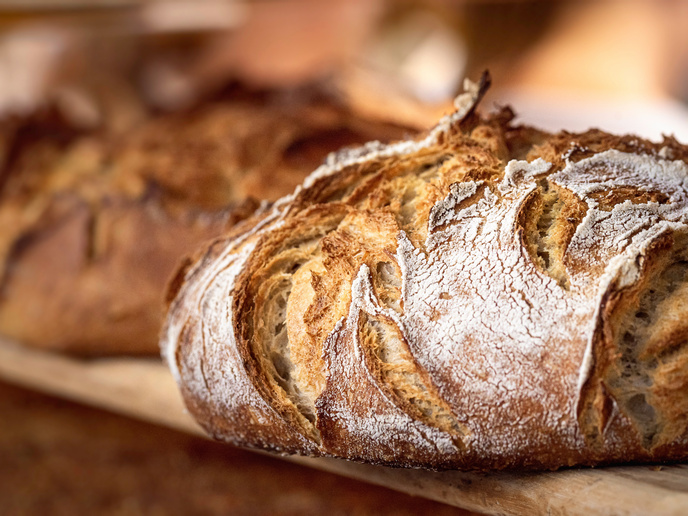An anti-fungal vaccine
Cryptococcus neoformans is an opportunistic yeast that causes cryptococcal meningoencephalitis (cryptococcosis) in immunocompromised individuals. Attempts so far to generate vaccines have produced mixed results. This is due to the heterogeneity of the capsular polysaccharide (CPS) in the fungus which generates both protective and non-protective antibodies. Glycoconjugate vaccines are generally considered safe and efficient comprising the majority of the vaccine market. However, at the moment there are no commercial glycoconjugate vaccines against fungal infections. To address this, researchers of the EU-funded CRYPTOVACC (Development of fungal conjugate vaccines based on synthetic oligosaccharide structures) project proposed to generate the first vaccine against C. neoformans using a synthetic CPS as an immunogen. For this purpose, researchers employed a wide range of techniques including oligosaccharide synthesis, microarray construction, protein and antibody purification and labelling as well as biological screening methods. The first step was to implement high-yielding and reproducible procedures to synthesise structures of the CPS of Cryptococcus neoformans. In this context CRYPTOVACC devised a multi-step method to generate well-defined polysaccharide blocks. They removed any permanent protecting groups to make compounds suitable for microarray printing. An array of CPS synthetic structures was printed on activated glass microarray plates and screened with a library of monoclonal antibodies raised against the native polysaccharide. This was performed to identify protective epitopes that could be later utilised for vaccination. Taken together, the results of the project represent a fundamental advance in the development of a synthetic glycoconjugate vaccine against C. neoformans.







